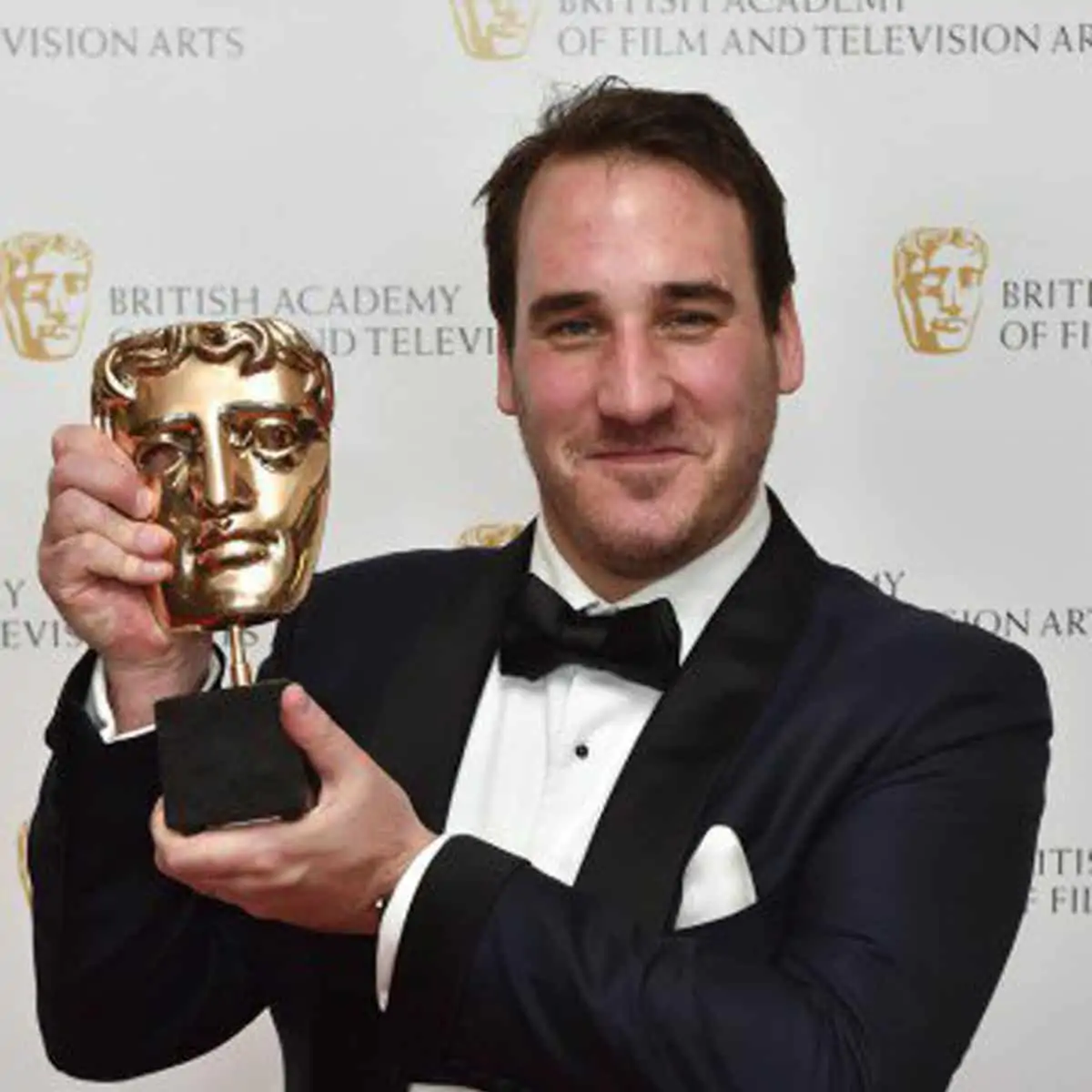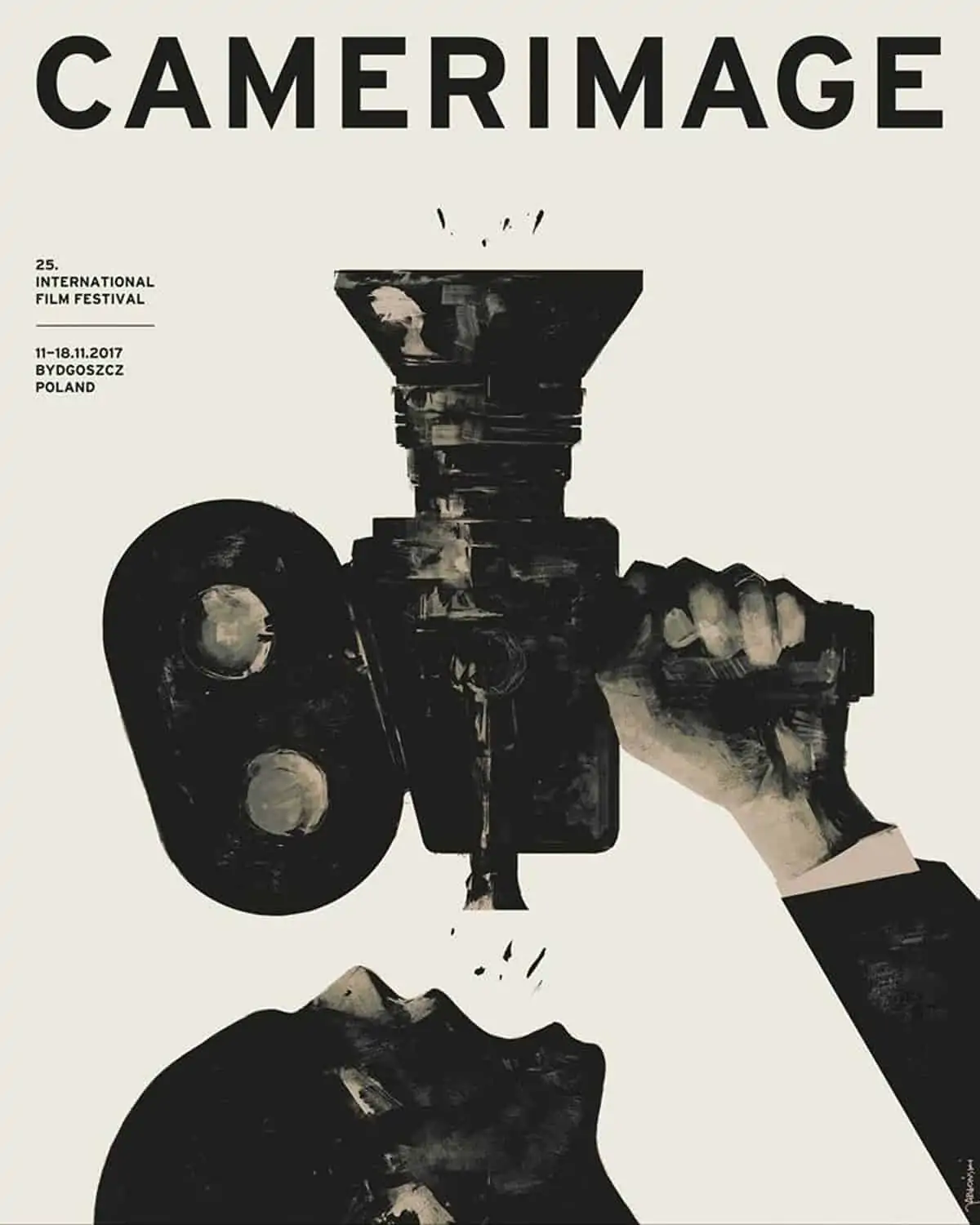The swirl of award fever
Across The Pond / Mark London Williams
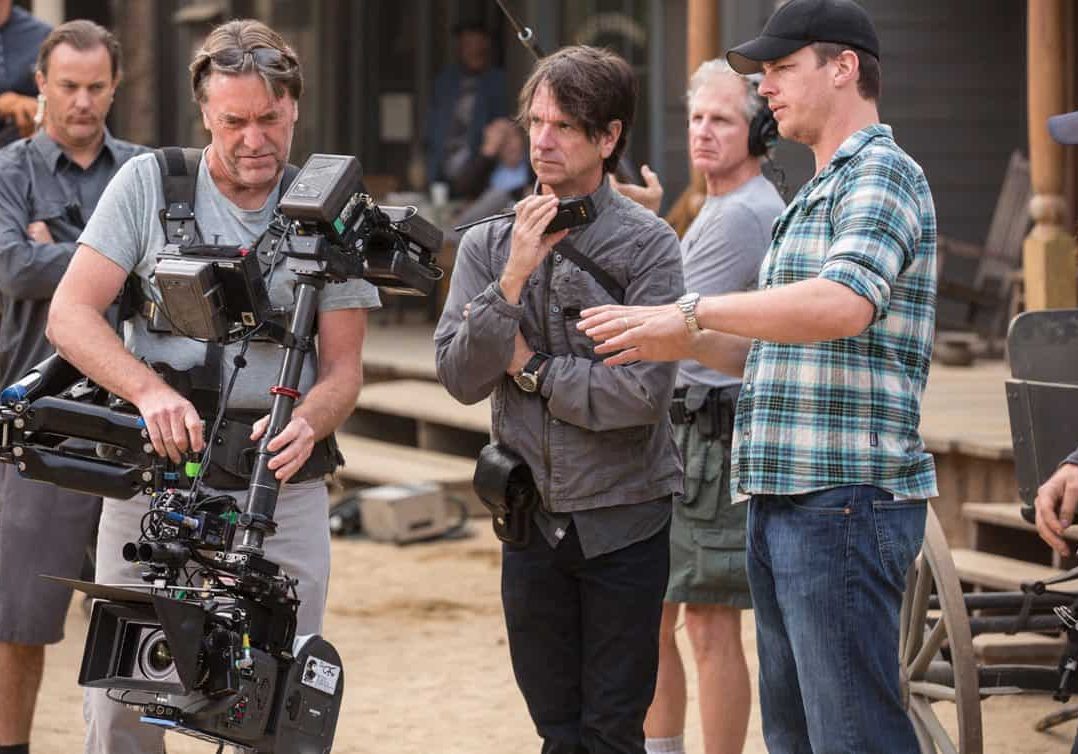
The swirl of award fever
Across The Pond / Mark London Williams
It’s not only crisis and calamity (and in L.A., ash!) in the air this fall, but around town there’s already the swirl of award fever, as showbiz heads to one of it biggest pre-Oscar weekends, in September, as the Primetime Emmy awards splits into two more-or-less below and above the line evenings.
Meant to honor “television,” of course, Emmy finds itself growing constantly, as “TV” has come to mean “stuff that streams” (as well its more traditional broadcast and cable iterations). What it’s also meant is that more types of shows - and contributions - have been honored as nominees. Also helpful for cinematographers was the additional splitting of the “single camera” category into one-hour and half-hour groups, allowing that many more nominees for us to catch up with during a sultry August.
Among them was Paul Cameron, who’s recently shot the most recent Pirates of the Caribbean installment, and the just-finished Liam Neeson thriller The Commuter. But he stands nominated for the one-hour pilot to HBO’s Westworld, which he called “a great opportunity to work with Director/Creator Jonathan Nolan and Production Designer Nathan Crowley during the conceptual phase.”
That included standing “at Dead Horse Point in Moab, Utah and visualizing the operations center based into the side of massive red rock walls,” along with similar scouts that helped him “breathe some scale into my approach to the cinematography,” to help bring “a big screen cinematic feel to the show.”
That meant wanting to give it a “classic Western look” (along with its sci-fi dystopia) and it also meant shooting on film, with some 35mm Arricams, Cooke lenses, and other gear. All of which is a bit of a surprise for the DP who helped famously pioneer the era of digital cinema on Michael Mann’s Collateral.
“I utilized digital capture on the Sony 900s, as I would any other film stock,” he told us about that noirish Tom Cruise-Jamie Foxx thriller. “It was the right medium for that film. I still approach digital cameras the same way. They are specific and idiosyncratic like some stocks. I never thought digital capture would take over as the primary way to photograph films.”
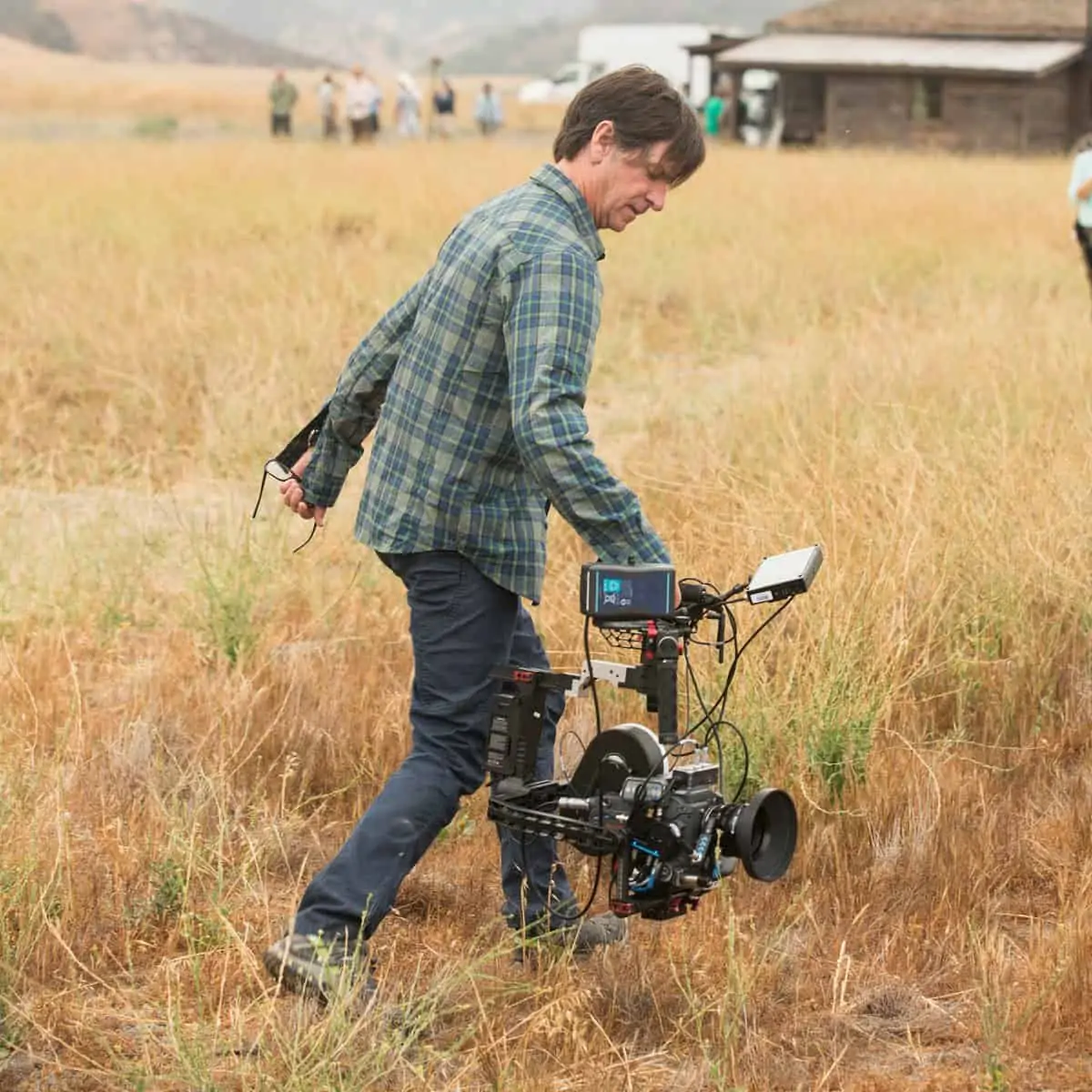
Film - and TV. Digits are definitely the “stock” used by Jim Frohna, nominated in the half-hour single camera category for Transparent. He’d been collaborating with director/creator Jill Soloway since 2012, and one of their key questions this time around was “how can we shrink the machine of filmmaking?”
Part of that “shrinkage” included deferring to the performances: “We wanted things to look naturalistic,” he mentioned to us, with actors “free to move about the stage.”
That’s done in part by his use of a Canon C300 Mark II - with Canon or Zeiss glass. “We do a lot of hand held,” along with 20 - 30 minute takes - whole scenes in their entirety - which the actors find rewarding, but Frohna acknowledges can be wearing.
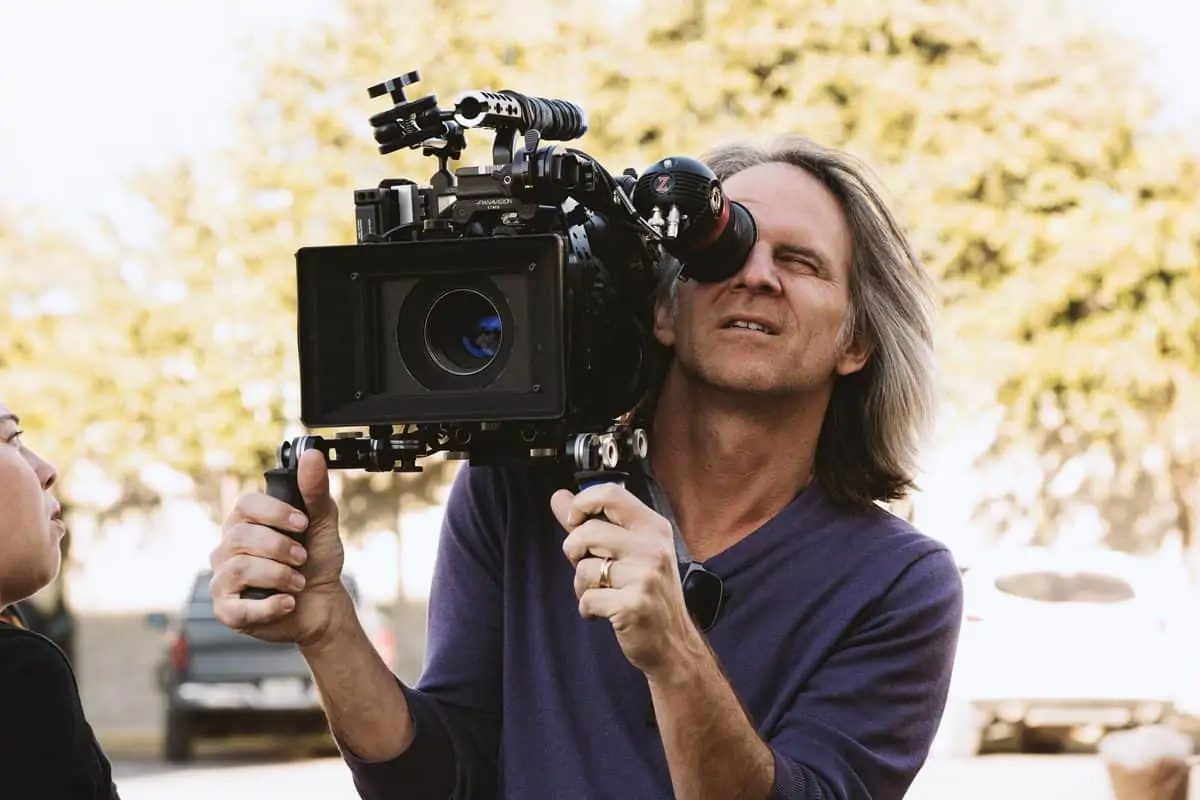
For the series’ renowned boldness with intimate scenes, despite the “fantastic operators” he works with, it will often just be Frohna “operating one camera, (usually) nestled against my chest. Sometimes the boom guy is there. It’s a very connected way of operating.”
With the tools of both TV and film work becoming increasingly indivisible - except in cases like Cameron’s (or any Christopher Nolan work) where film stock, in particular, is demanded - and with both TV and “movies” often viewed on the same flat screen in living rooms, the question arises about honoring the intention of DPs and directors even as media and delivery platforms keep changing.
That is one of the key questions behind The Reel Thing film preservation conferences, and we were able to catch a little of this year’s Hollywood edition (next stop: a gathering in New Orleans) at the Academy’s Linwood Dunn theater.
We dipped into a presentation on “HDR Video Mastering for Classic Cinema,” led by Sony Pictures’ Bill Baggelaar, and saw clips from the catalog they were slowly working through - including Bridge on the River Kwai, Close Encounters of the Third Kind, Ghostbusters, and others.
Baggelaar emphasized that with possibilities of High Dynamic Range imaging, it wasn’t simply “about brightness - we have a new medium.”
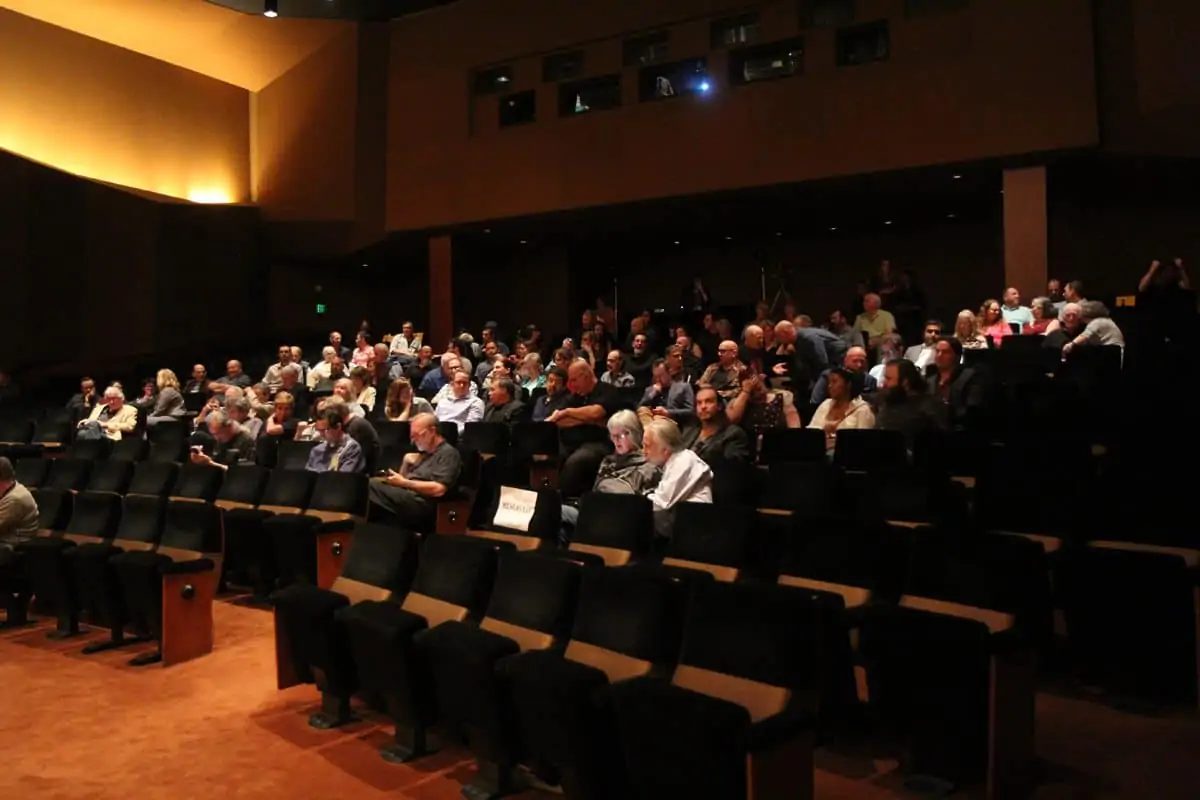
Such a new medium, evidently, that the clips we saw weren’t even projected on the Dunwood’s screen, but rather, shown on two 77” Sony OLED monitors perched on the lip of the stage.
Kwai looked rather splendid, even under those conditions, but of course, Freddie Young and David Lean have long since progressed to that cinematheque in the sky - as has Close Encounters’ Vilmos Zsigmond, though for the latter film, a certain Mr. Spielberg came in to sign off on the remastering.
But again, Baggelaar emphasized that HDR remastering wasn’t a matter of making everything simply blaze off the screen, whether a sci-fi opus or the noiriest of noirs. Indeed “brights are meant to be bright, (but) darks are meant to be dark.”
And sometimes, the new technologies allow images to go darker, as well.
“Blacks were never really as black as they should be,” the ASC’s Curtis Clark recently opined to us. He’s the chairman of the the renamed ASC Motion Imaging Technology Council (or “MITC,” or “My Tech,”) which had been the group’s technology committee since its founding in 2003.
As a council, they will now oversee and coordinate the work of other committees, on technologies and topics like HDR, digital motion picture camera developments, virtual production techniques, DI, workflows, projection and display technologies, and the aforementioned archiving.
"it becomes the job of all those Emmy-nominated lens-wielders, and their broadcast/TV/streaming colleagues, to be working “ahead” of some of their cinema and tent pole colleagues, in some cases, in terms of anticipating what HDR, lighting, UHD, and everything else is going to bring to the shown image.”
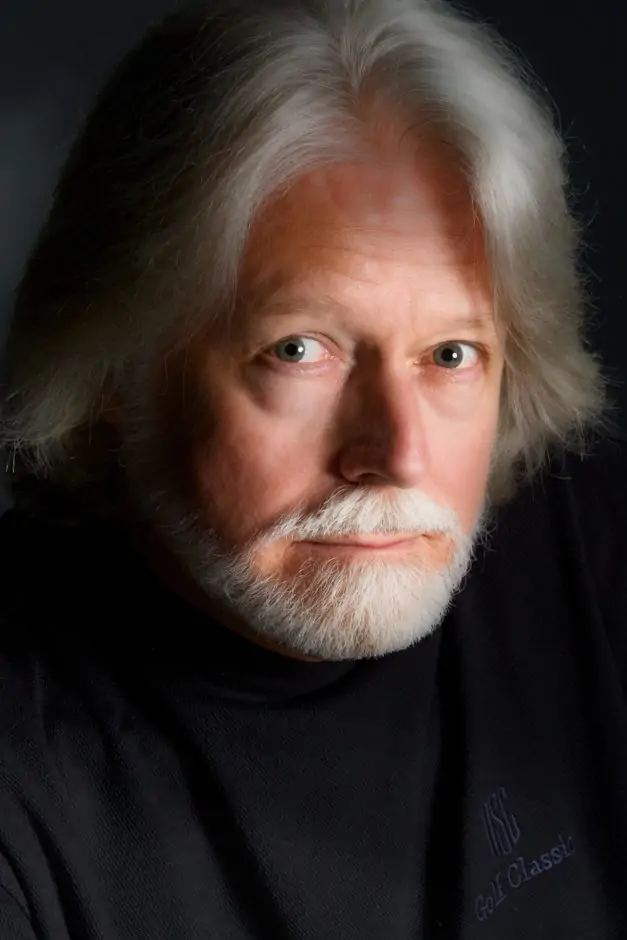
We caught up with the expansive Clark as part of a longer conversation that we’ll be revisiting in columns to come. He noted, as part of a broad conversation on where imaging tech had been, and where it’s headed, that under DCI “which didn’t originally do much beyond 2k,” the black end of the spectrum was never as definitive as it might have been.
“Are these things important?,” he asked rhetorically, ”I think creatively they can be immensely important,” and noted how an increased confidence in the idea that the image wanted, or desired by those creators, will stay as intended “from capture-to-exhibition,” can only enhance that process.
But exhibition then can’t always be on a couple of borrowed OLEDs in the front of a theater. Clark said one of the new ideas emerging is the creation of large - immense, perhaps - “video panels - for cinema. That would actually replace projection - that’s a pretty radical new idea.”
Of course, so is the changing role of the cinematographer in television. Clark also noted that once upon a time, the tradition had been to “not to pay too much attention what the DP wants.”
Ironically, though, with the “65 and 85-inch screens people are buying, with their surround-sound versions of Dolby Atmos,” if someone sees something in their home theater that they “don’t see in the cinema, they end up thinking ‘there’s something missing here.’”
So it becomes the job of all those Emmy-nominated lens-wielders, and their broadcast/TV/streaming colleagues, to be working “ahead” of some of their cinema and tent pole colleagues, in some cases, in terms of anticipating what HDR, lighting, UHD, and everything else is going to bring to the shown image.
All of these strains - to use film or digits? How best to preserve film with digits?, etc. - combine in the thinking of James Hawkinson, who won the Emmy in the “single camera” category last year for the now alarmingly-not-so-far-fetched Man in the High Castle, and is nominated again for that same work, but in the “one hour” division.
He told us he was after a kind of “retro-futuristic noir expressionism. I wanted the look of film stocks prevalent in the early 1960s. Not technicolor but more like Kodachrome home movies to create a nostalgia making this strange world eerily familiar.
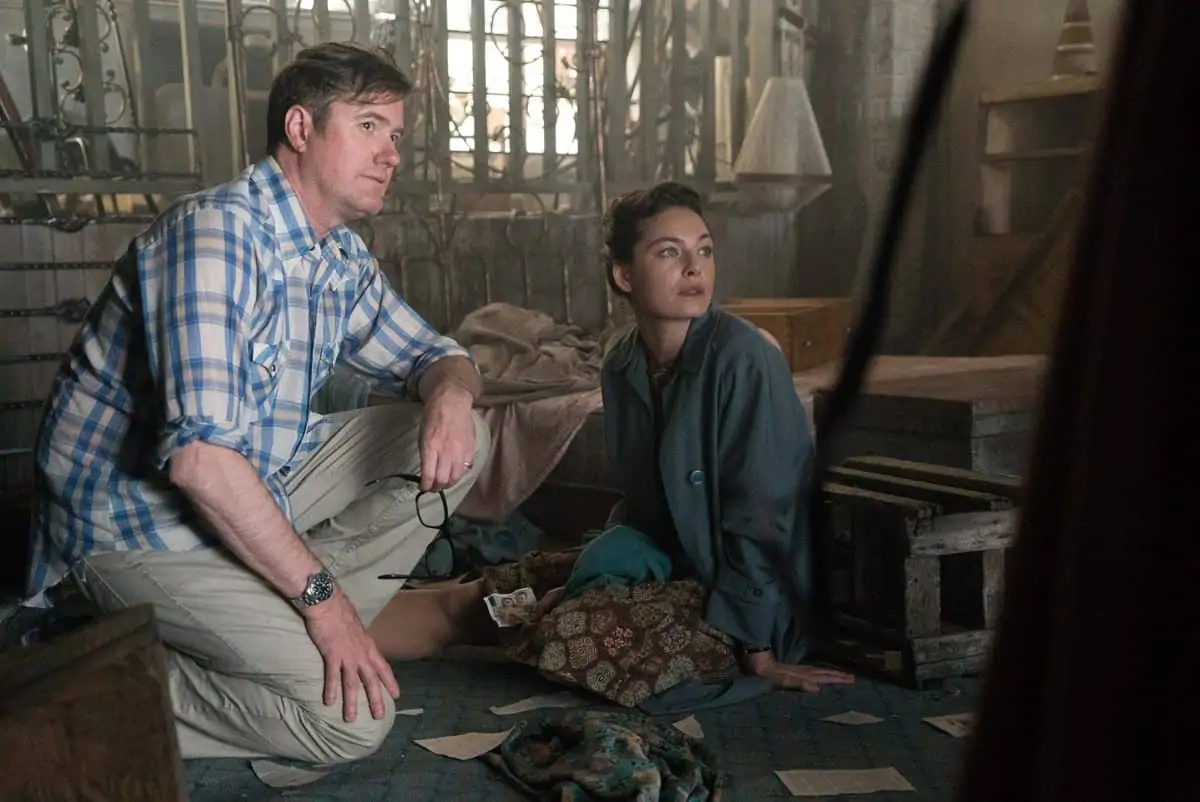
“I worked closely with production designer Drew Boughton to establish a vintage pallet. Certain primary colours were avoided to reject modernism. I chose Red and Arri digital cameras for capture as they are the most cinematic, then employed new and vintage lenses and filters. The final touch is in the grade where secondary colour corrections were used to desaturate what could not be controlled on set, i.e. blue skies, green grass.”
The irony, of course, is the extent to which modernism is in fact embraced, to achieve that nominated “retro” look.
That embrace of modernism will also be on full view at IBC, where Matthews Studio Equipment, for example, will be showing its Rover smartphone camera cage, allowing that pocket computer of yours to “behave more like a professional style camera rig,” according to Bill Hines, creator of the multi-lens, multi-phone compatible device.
And since this month’s column came in with a mention of Cooke lenses, as we pursued the balance of the old and new this Emmy season, it’s worth noting the storied “glass maker” will be there, too with their Panchro/i Classic range of lenses in “a modern redesign achieving the same look and feel as the beloved original Speed Panchros.” The new housing makes them compatible with handheld, drone and Steadicam work. And hey, maybe even smartphone use, if the Matthews folks have their way.
This, of course, barely scratches the microns-on-the-surface of what will be on display at IBC. Many of our colleagues will be there, but we in the Hollywood bureau will be remaining here, “across the pond” - as you might expect.
But you can always write us: AcrossthePondBC@gmail.com
And we’ll see you next month, in the October Country.


